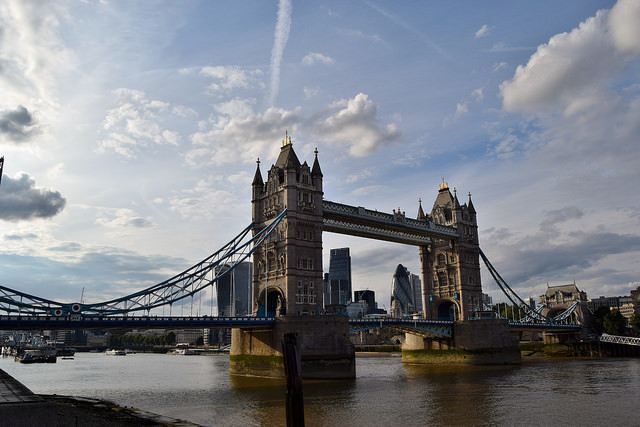Two options are floated a “highly streamlined customs arrangement” and a “new customs partnership with the EU.”
Streamlined customs arrangement
Under this approach, the UK would set up a customs border with the EU. This means that businesses would declare goods for import and export and provide the required documentation and licences.
While the UK would improve its domestic regime to make trade easier, it would still mean “an increase in administration compared with being inside the EU customs union.” The UK would also not try to adopt any existing customs arrangement, but rather develop its own.
In order to “facilitate trade across the border”, the government proposes to negotiate a waiver from the requirement to submit entry and exit summary declarations for goods moved between the UK and the EU. The UK would adhere to the “Common Transit Convention” (the EU, Switzerland, Norway, Iceland, Liechtenstein, Turkey, Macedonia and Serbia), meaning that goods do not need to complete import and export declarations each time they cross a new border. This option includes “negotiating mutual recognition of Authorised Economic Operators (AEOs), enabling faster clearance of AEOs’ goods at the border.
The paper suggests the “bilateral implementation of a technology-based solution for roll-on, roll-off ports which could consist of pre-arrival notification of consignments on a port IT system, linked to customs declarations and vehicle registration numbers so that vehicles were not required to stop at the border, enabling traffic to flow smoothly.”
There are other suggestions on unilateral measures on imports, which include “self-assessment to allow traders to calculate their own customs duties and aggregate their customs declarations.”
New customs partnership
The second option includes the UK imposing EU rules and tariffs on all third-country goods entering the country. The UK border would remain the EU border, except for goods that will be consumed within the UK. These goods would be subject to a tariff set by the British government.
A “robust enforcement mechanism that ensured goods which had not complied with the EU’s trade policy stayed in the UK” would need to be established. This could involve a “tracking mechanism”, where imports to the UK were tracked until they reached an end user. Another possibility would be “a repayment mechanism, where imports to the UK paid whichever was the higher of the UK’s or the EU’s tariff rates and traders claimed a refund for the difference between the two rates when the goods were sold to an end user in the country charging lower tariffs. Businesses in supply chains would need to be able to track goods or pass the ability to claim a repayment along their supply chain in order to benefit.”
The paper finally includes the possibility of an interim period “for the implementation of the arrangements, that allowed for a smooth and orderly transition,” without giving any timeframe for such a transition.
The European commission spokesperson said on Wednesday 16 August it was a “positive step towards really starting phase one of the negotiations”—a year after the negotiations and five months after Article 50 was triggered.
She added:
“The clock is ticking and this will allow us to make progress. (…) On customs, we take note of the request for an implementing period and its preferences with regards to future relationships, but we will only address them once we have made sufficient progress on the terms of the orderly withdrawal. As Michel Barnier has said, frictionless trade is not possible outside the single market and customs union.”
Guy Verhofstadt, the European parliament's Brexit coordinator, tweeted on Tuesday 15 August:
"To be in & out of the Customs Union & "invisible borders" is a fantasy. First need to secure citizens rights & a financial settlement"
